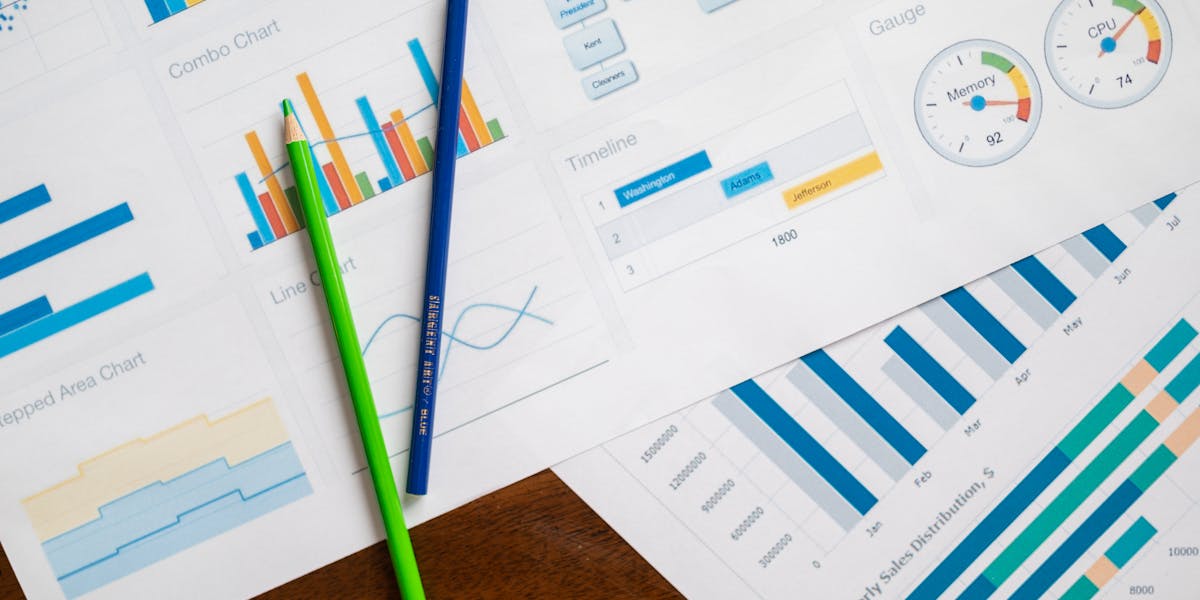Insight

Break Even Analysis for Starting a Small Business: When Will I Profit?
Starting a small business can feel like standing at the edge of a vast ocean, excited yet apprehensive about what lies beneath the surface. One of the most critical elements in navigating this journey is understanding when your business will start generating profit. This is where break even analysis comes into play. This article will guide you through the concept of break even analysis, how to calculate it, and how it can inform your small business planning.
Understanding Break Even Analysis
Break even analysis is a financial assessment that helps entrepreneurs determine the point at which their total revenues equal total costs. At this point, you are neither making a profit nor incurring a loss. Knowing your break even point is essential for several reasons:
- Financial Planning: It aids in budgeting and forecasting.
- Pricing Strategy: Helps in setting product prices to ensure profitability.
- Investment Decisions: Informs decisions regarding funding and resource allocation.
The Formula for Break Even Analysis
To calculate the break even point, you can use the following formula:
Break Even Point (in units) = Fixed Costs / (Selling Price per Unit - Variable Cost per Unit)
- Fixed Costs: These are expenses that do not change regardless of production levels (e.g., rent, salaries).
- Selling Price per Unit: The amount at which you sell your product or service.
- Variable Cost per Unit: Costs that fluctuate with production levels (e.g., materials, direct labor).
Example Calculation
Let’s say you want to start a bakery. Here’s how your financials might look:
- Fixed Costs: $10,000 (rent, equipment)
- Selling Price per Unit: $5 (price of one pastry)
- Variable Cost per Unit: $2 (ingredients and packaging)
Using the break even formula:
- Break Even Point = $10,000 / ($5 - $2) = $10,000 / $3 = 3,333.33
This means you need to sell ≈imately 3,334 pastries to cover your costs.
Utilizing a Startup Break Even Calculator
While the manual calculation provides a good understanding, using a startup break even calculator can simplify the process. These tools often allow you to input your fixed and variable costs and automatically calculate your break even point, saving you time and reducing the risk of errors.
At FinanceGrowthTools, we offer a user-friendly break even calculator that can assist you in your financial planning. Don’t hesitate to give it a try!
Identifying Your Business Startup Costs
Understanding your business startup costs is pivotal for accurate break even analysis. Here’s a breakdown of common costs you should consider:
-
Fixed Costs:
- Rent
- Utilities
- Salaries
- Insurance
- Marketing
-
Variable Costs:
- Raw materials
- Shipping costs
- Labor costs (if based on commission)
Importance of Accurate Cost Estimation
Underestimating startup costs can lead to cash flow problems that jeopardize your business. Conduct thorough research and consider all potential expenses to ensure a realistic financial picture.
Data-Backed Insights
According to a study by the U.S. Small Business Administration, about 30% of new businesses fail within the first two years, primarily due to financial mismanagement. Understanding your break even point can significantly enhance your odds of success by allowing you to make informed financial decisions.
Planning for Profitability
Once you have calculated your break even point, the next step is to plan for profitability. Here are some strategies:
1. Increase Sales Volume
The simplest way to reach your profitability goals is to increase sales. This can be achieved through:
- Expanding your product line
- Offering promotions and discounts
- Enhancing your marketing efforts
2. Reduce Costs
Look for ways to cut down on both fixed and variable costs. This might involve:
- Negotiating with suppliers for better prices
- Streamlining operations to improve efficiency
- Outsourcing non-core functions
3. Adjust Pricing Strategy
Evaluate your pricing strategy to ensure it aligns with market expectations while still covering your costs. Consider:
- Conducting market research to understand competitor pricing
- Offering tiered pricing for different customer segments
FAQs about Break Even Analysis
What is the break even point?
The break even point is the level of sales at which total revenues equal total costs, resulting in no profit or loss.
Why is break even analysis important for small businesses?
Break even analysis helps you understand how many units you need to sell to cover your costs, allowing for better financial planning and decision-making.
Can I use break even analysis for service-based businesses?
Yes, break even analysis is applicable for service-based businesses as well. Simply replace product costs with service costs in your calculations.
How often should I revisit my break even analysis?
It’s wise to revisit your break even analysis regularly, especially when you make significant changes to your costs, pricing, or business model.
Conclusion: The Path to Profitability
In conclusion, understanding your break even point is a cornerstone of effective small business planning. By accurately calculating your break even point, identifying startup costs, and planning for profitability, you can navigate your entrepreneurial journey with greater confidence.
Remember, achieving profitability is a marathon, not a sprint. Utilize tools like the startup break even calculator at FinanceGrowthTools to keep you informed and on track.
Final Takeaway
Break even analysis is not just a number; it’s a vital indicator of your business health. By staying informed and proactive, you can ensure your small business not only survives but thrives. Good luck on your exciting entrepreneurial journey!